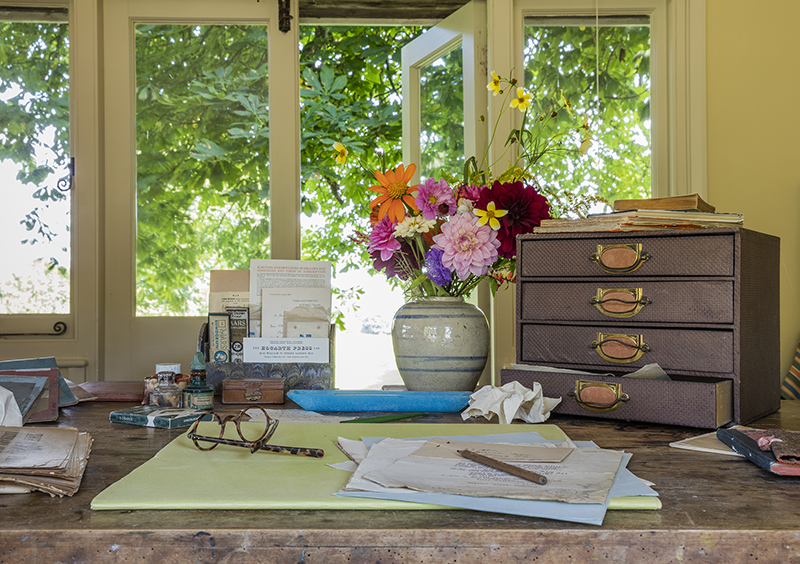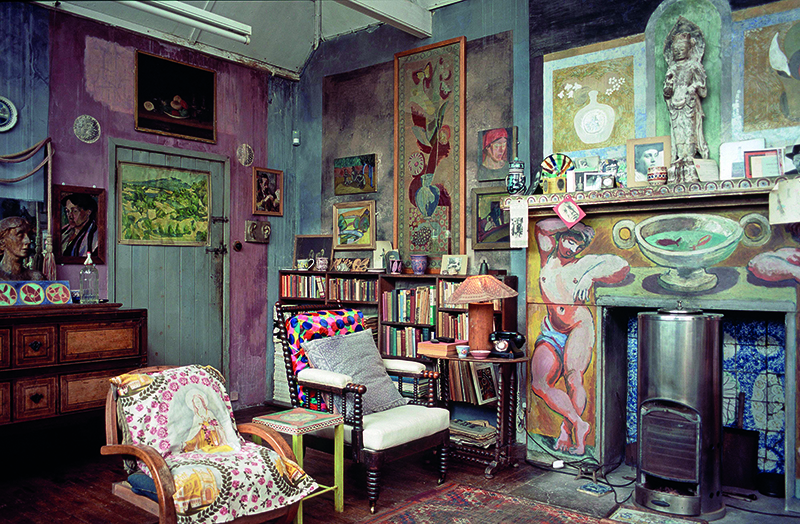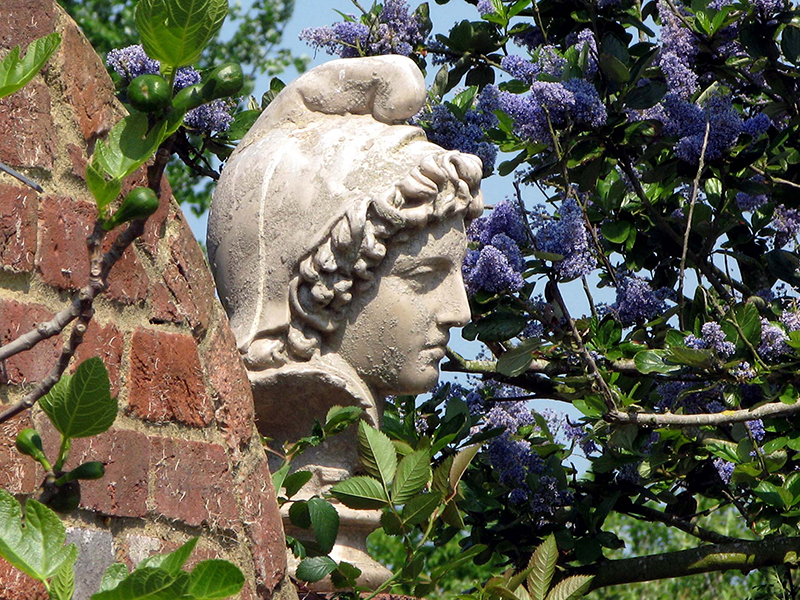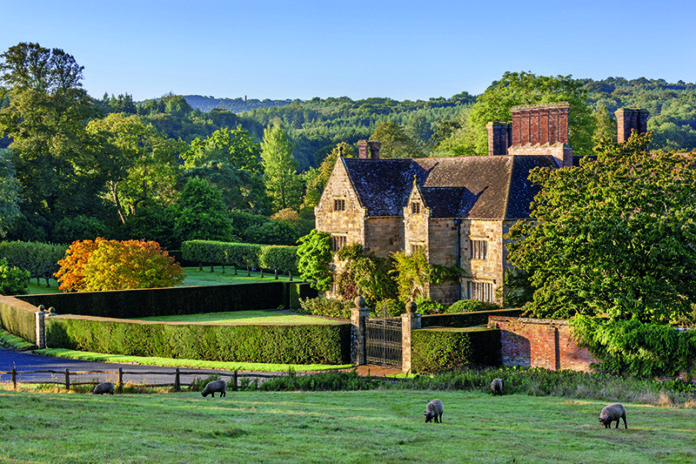Famous for the rural retreats of the influential Bloomsbury Group, idyllic East Sussex has inspired some of the country’s leading writers
With chalk cliffs and patchwork fields, medieval woodland and picturesque villages, East Sussex offers plenty of inspiration to the artistically-minded. It’s no surprise, then, that this little corner of southeast England has attracted some of the country’s leading writers, most notoriously the Bloomsbury Group, a bohemian set of writers, artists and philosophers drawn here in the first half of the 20th century.
The Bloomsbury connection dates back to 1910 when Virginia Stephen (soon to be Mrs Woolf) rented a house in Firle to escape the pressures of London life. Soon after, she moved to another house two miles away, taking the lease with her artist sister, Vanessa Bell.

The restless author took other Sussex houses, all in the same area, until in 1919 Virginia and her now husband, Leonard Woolf, bought Monk’s House in Rodmell. This small house with its big garden became a rural retreat for London’s Bloomsbury Group, hosting high-profile visitors like the poet TS Eliot, the novelist EM Forster, the art critic Roger Fry and the historian Lytton Strachey.
Meanwhile Vanessa and her lover, the painter Duncan Grant, bought Charleston Farmhouse, only seven miles from Virginia and Leonard. The Bloomsbury set – its literary and artistic wings – had found their country locus, either side of the River Ouse. This connection between London’s Bloomsbury Square and East Sussex survived Virginia’s suicide in 1941 and continued up until 1961 when Vanessa died and was buried in Firle parish churchyard, next to Duncan Grant.

Monk’s House is an old white clapboard building at the bottom of a narrow lane. When Virginia and Leonard moved in, it was semi-derelict. They removed walls, painted and decorated, and installed two lavatories, both allegedly named after Vita Sackville-West (an odd tribute to one’s lover). “This will be our address for ever and ever,” Virginia declared happily.
Ten years later, after the success of Virginia’s novel Mrs Dalloway, the couple added a writing lodge in the garden. Here today are displayed the editions of the Arden Shakespeare that Virginia covered with marbled paper while trying to distract herself from the crippling headaches she suffered from. Her spidery handwriting can still be read on each spine.
After the understated decorative calm of Monk’s House, Charleston Farmhouse is an explosion of colour. Inspired by Italian frescoes and the Post-Impressionists, Vanessa and Duncan painted over everything in the house: the walls, the doors, the fireplaces and the furniture.

Of the artistic ménage that consisted of Vanessa and her husband Clive Bell – an occasional visitor – Vanessa’s lover Duncan Grant and Duncan’s lover David Garnett, Vanessa wrote, “It will be an odd life, but … it ought to be a good one for painting.”
Words: Adrian Mourby






 © 2024
© 2024